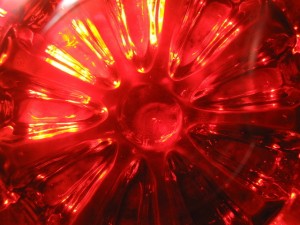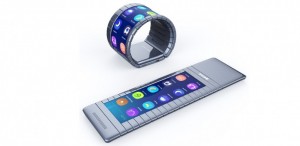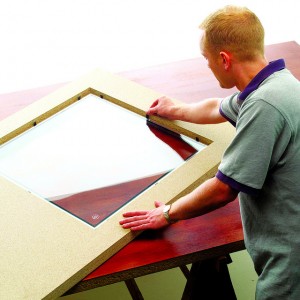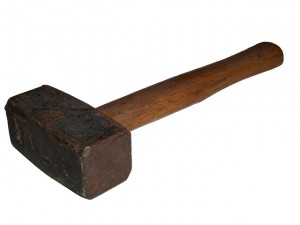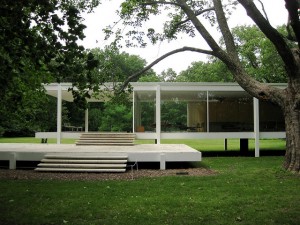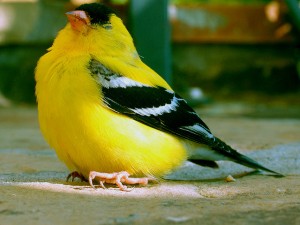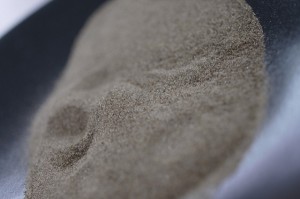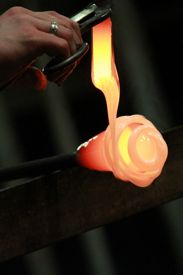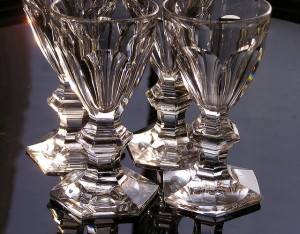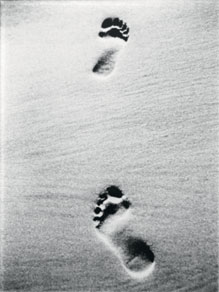Toledo glass makers concerned about closings
Art glass makers in Toledo, OH worry that they’ll be negatively affected by the closing of an art glass supplier in Washington State. Spectrum, which sells glass and supplies to glassmakers nationwide, announced last month that it intended to cease operations. Spectrum became the subject of an Environmental Protection Agency probe after officials noted a spike in the amount of heavy metals around the Spectrum furnace.
Art glass makers say future is in doubt
Spectrum had been operating in compliance with EPA emissions regulations. In a written statement announcing the closure, Spectrum CEO Craig Barker said, “Spectrum Glass Company has operated well within existing environmental guidelines and has been the only stained glass manufacturer to employ baghouse technology on furnace exhaust. Still, we have already accrued extraordinary, unanticipated expenses since the start of the EPA evaluation and cannot withstand additional investments of an unknown scale for an already faltering company.”
Spectrum’s closure leaves the future uncertain for Toledo’s art glass community. Producers worry that they will no longer be able to find specific supplies, or that the cost of making glass will exceed what they can recover from sales.
The Environmental Protection Agency became especially worried about emissions of specific metals from the plant, including cadmium. Cadmium is used to create red, yellow and orange glass. Cadmium is a known carcinogen. The EPA also noted increased amounts of lead around the plant, although residents who live in the area have not shown any increase in blood-lead levels.
Bullseye, a Portland-based glass manufacturer, also ceased manufacturing the supplies to make those colors after the EPA found elevated levels of cadmium in the air around Bullseye’s furnace. The company has reduced its output to just 20% of its regular production level in an attempt to comply with EPA emissions regulations. Findings at the plants in Oregon and Washington have triggered a nationwide review of glass plant emissions.
Glassprimer™ glass paint offers an environmentally friendly, cost-effective way to apply color permanently to glass. Glassprimer™ requires no firing after application, and dries to a permanent cure in 24-72 hours.
If you’d like more information about Glassprimer™ glass paint, please visit the rest of our site. If you’d like to purchase Glassprimer™ glass paint, please visit our online store .
Photo Credit: Sergey Lebedev, via FreeImages.com

